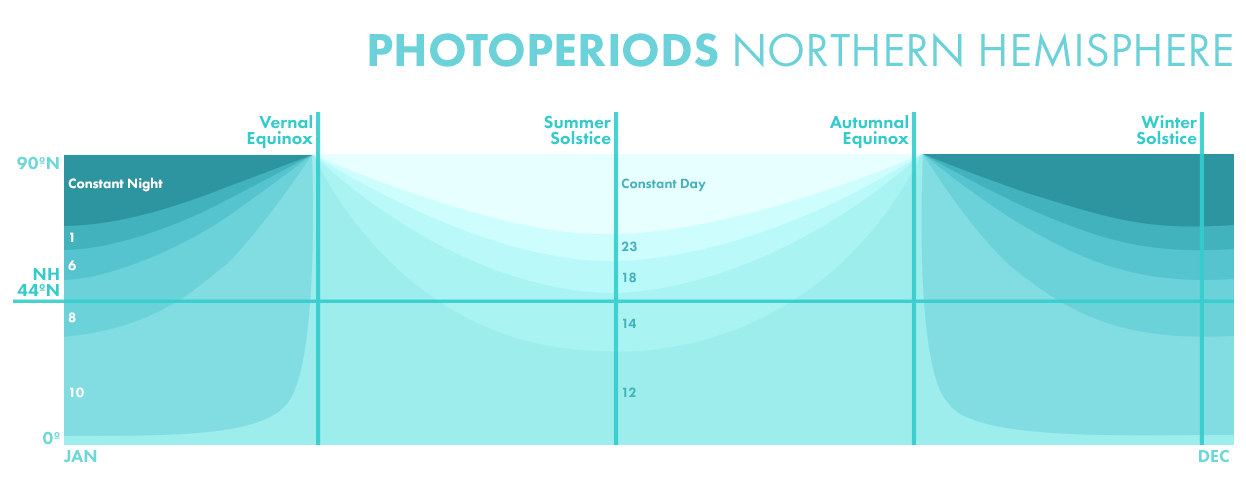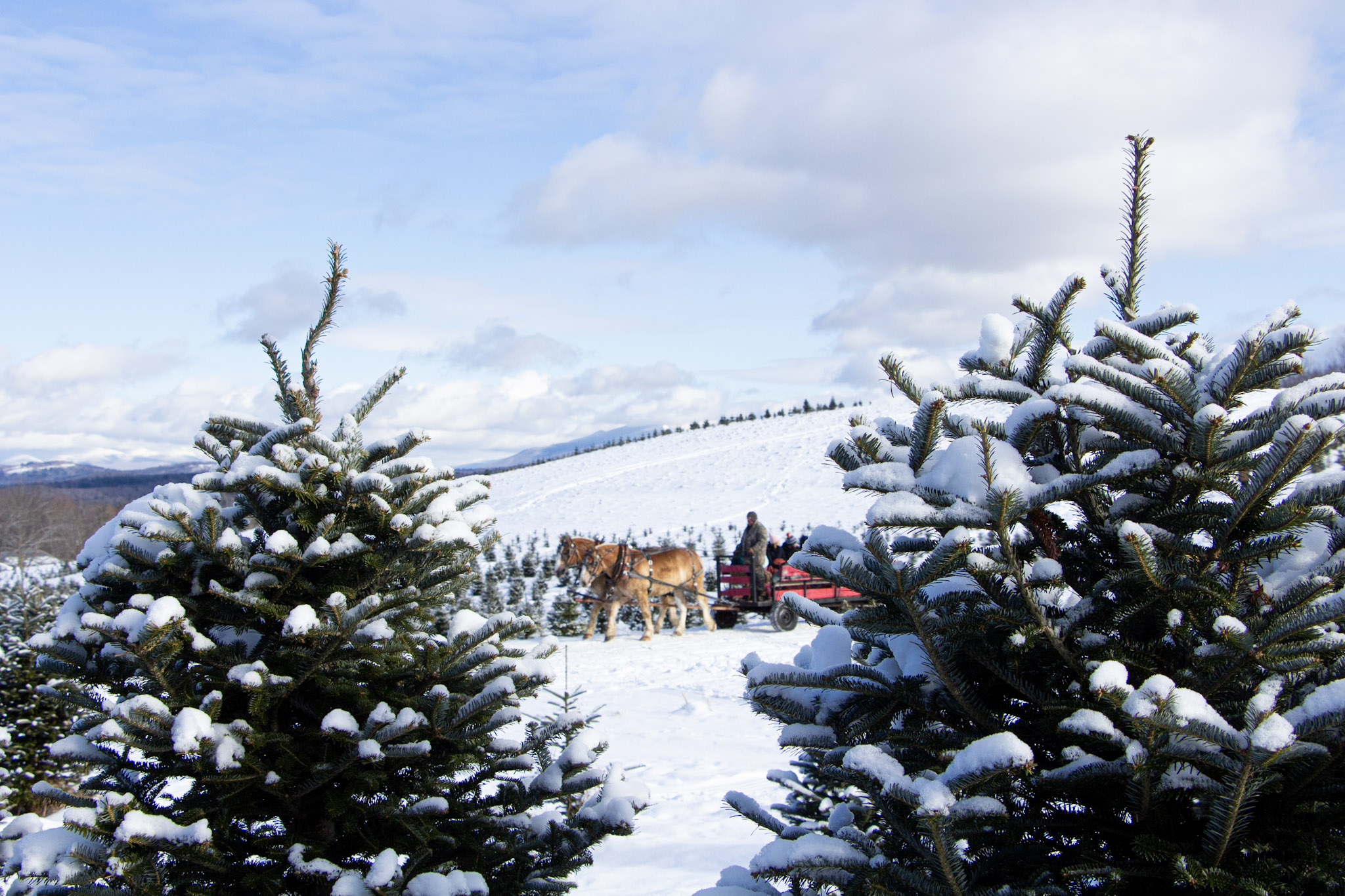- Tags:
- Wildlife,
- Something Wild

The 12-hour photoperiod at the Spring equinox triggers changes. (Photo: Putneypix via Flickr)
March 20th marks the Vernal Equinox. It's one of two points on our calendar when day and night are of equal length. More or less. It may be more of a convenient handle we put on an arbitrary point on our annual revolution around the sun, but it is significant in that it marks the point in the year where we start seeing more daylight than darkness. So with the days growing longer, this is a great time to talk about photoperiod.
Photoperiod is the amount of time in a twenty-four hour period that we are exposed to light. Why do we even need a word for such a thing? Because changing photoperiods trigger a lot of changes. In birds, mammals and most other animals, darkness triggers a release of melatonin - so the waning of darkness ratchets down the amount of melatonin that is produced.

It's similar for plants, though not in March because they're not measuring light with their leaves. In late summer, plants use phytochrome, a pigment plants use to detect light. Phytochrome triggers hormones that let plants prepare, harden off their buds, start to lose their leaves... you know, plant stuff.

In animals it rouses dormant species from hibernation, it calls the migratory birds to head north again, and it plays a big role in the timing of the breeding season. Day length effects all animals - including humans. You probably notice changes in your own behavior. Perhaps you're more energetic when the days are longer and sleepier when the days are shorter. You have photoperiod to thank for that.
It may be something of an arbitrary point on the solar calendar, but the equinox is a harbinger of real change.
